Summer is almost here, or already here if you live in the Southeast, and that means fun in the sun, ice-cold lemonade, and big hair (thanks a lot, humidity!). With more people out and about, that can also mean more marine debris on our sandy beaches and expansive meandering marshes. Fortunately, our partners in Georgia, South Carolina, and North Carolina are tackling the marine debris issue head on through prevention and removal efforts, and we’re excited to highlight some of those efforts this week.
Turtle Trash Collectors Finale
The University of North Carolina Wilmington MarineQuest program has completed the Turtle Trash Collectors (2TC) project. This innovative outreach program provided students with a hands-on simulated sea turtle dissection, or necropsy, to educate them about the impacts of marine debris on sea turtles.
In 2020, the MarineQuest team had to get creative after schools closed to in-person learning. They quickly switched gears and produced high-quality virtual classes, encouraged students to earn digital badges through solo community cleanups, and partnered with Plastic Ocean Project to host a successful Earth Day Marine Debris Upcycling Art Contest, which received over 180 submissions and featured five contest winners.
While the project may be ending, its legacy lives on thanks to the MarineQuest team. They created an interactive recording of their virtual program, along with datasheets and flipbooks, for educators and students. You can find out more about this project and additional resources on the MarineQuest 2TC program website.

Marine Debris Displays in North Carolina
For all you coastal adventurers, keep an eye out for a couple of marine debris sculptures recently installed in North Carolina at Hammock Beach State Park and Cape Lookout National Seashore. These metal sculptures help create awareness of local iconic species that are threatened by marine debris, and highlight actions that everyone can take to prevent marine debris from harming wildlife. Sea-More the sea turtle is installed on Bear Island at the Hammock Beach State Park, with support from the NOAA Marine Debris Program and the National Marine Sanctuary Foundation. A bottlenose dolphin sculpture can be found at the Cape Lookout National Seashore boardwalk, and was made possible through funding from the NOAA Marine Debris Program.
Removing Abandoned Vessels in North Carolina
Abandoned and derelict vessels (ADVs) are chronic issues for many coastal communities. In North Carolina, ADVs can be found along the shorelines of estuaries and waterways all along the coast. Much of this debris was left in the wake of numerous hurricanes impacting the area over the past decade.
In an effort to improve this coastal habitat, the North Carolina Coastal Federation (federation) has partnered with Dare County, the North Carolina Division of Coastal Management (NCDCM), and the North Carolina Wildlife Resources Commission (NCWRC) to remove approximately 20 ADVs in the Albemarle-Pamlico estuary with the support of a NOAA Marine Debris Program removal grant. Following removal efforts, they will continue monitoring habitat recovery and will create a replicable case study that outlines how to clean up ADVs by combining local, state, and federal resources.
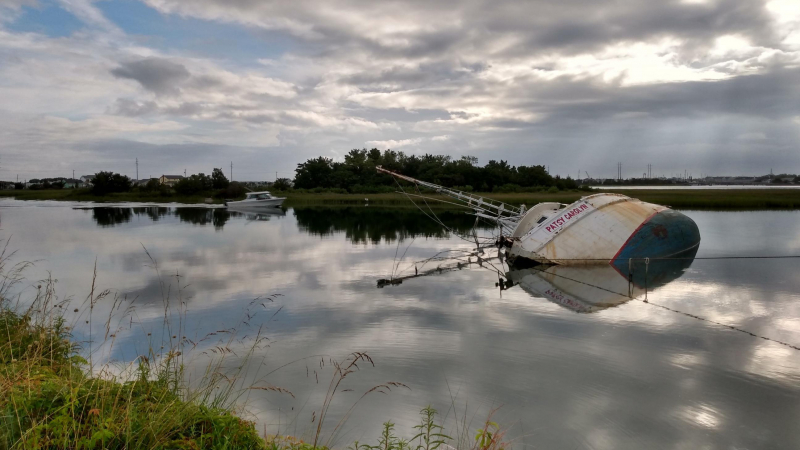
With support from the Hurricane Response Marine Debris Removal Fund, a partnership between the NOAA Marine Debris Program and National Fish and Wildlife Foundation, the federation is also addressing the devastation caused by Hurricane Florence along the North Carolina coast. Through this project, the federation will remove at least 40 vessels located in important coastal waters and on public lands in the central and southeastern part of the state. Stay tuned for a blog later this week to learn more about this project.
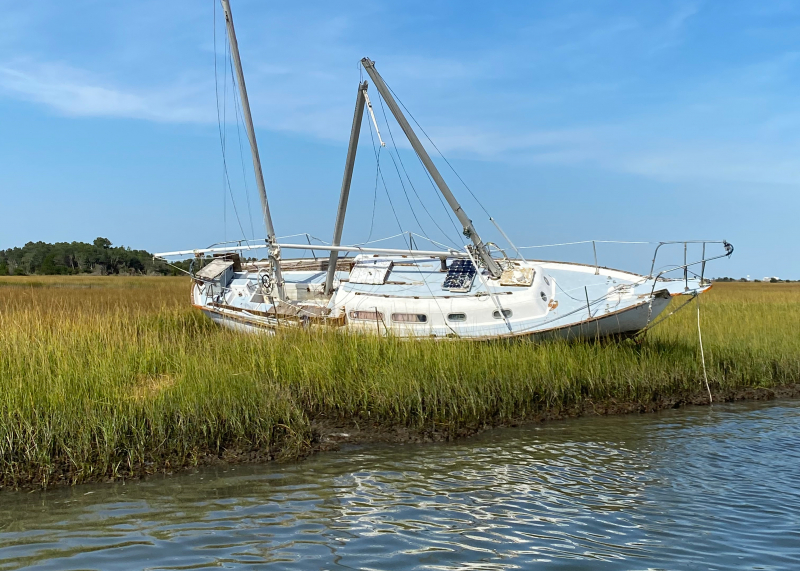
We are proud of the important prevention and removal projects our partners are leading! Their efforts have been instrumental in reducing marine debris, protecting marine wildlife, and restoring critical coastal habitat in North Carolina.

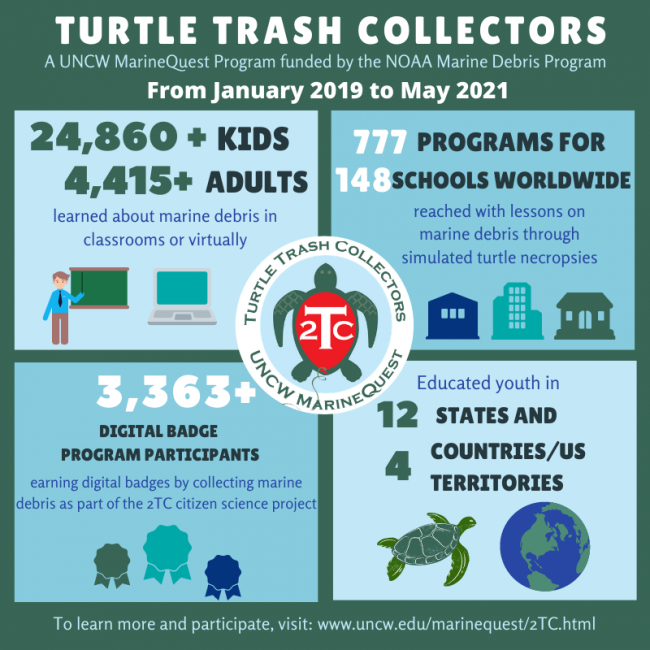
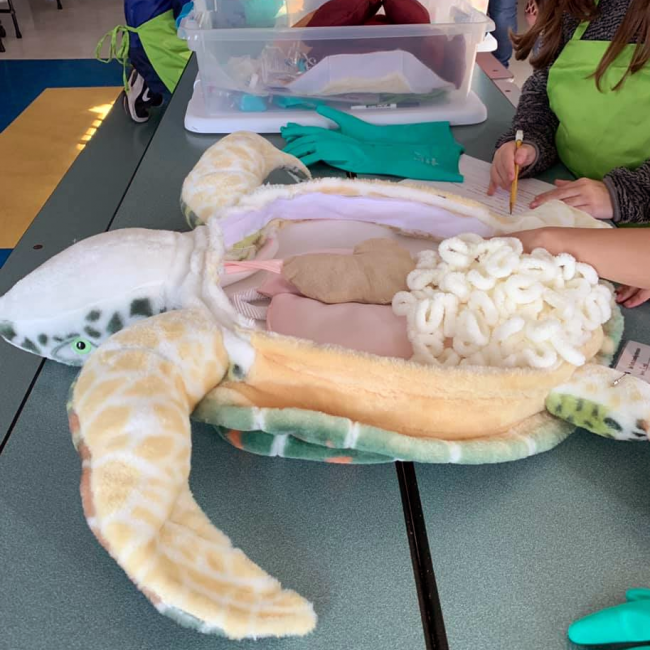
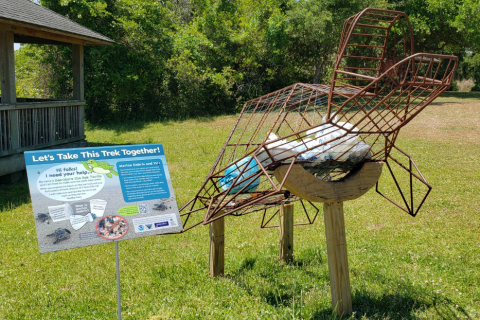
What are you doing with the ADVs that are being removed? Where do they go?